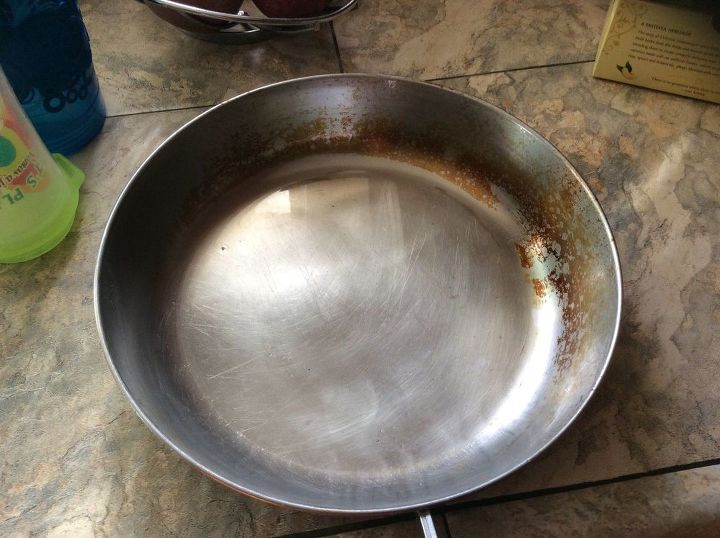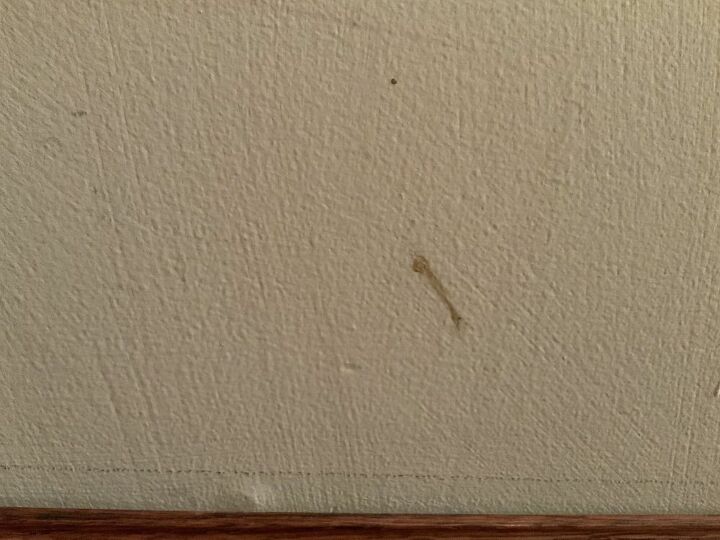What to do about our vaulted living room ceiling getting black?

We have a problem with our vaulted living room ceiling getting black. Can someone tell me how to clean high ceilings and why this might be happening?
Related Discussions
How to clean a mirror without streaks?
Every time I clean my mirrors, they end up having tons of streaks and almost look worse than before I started. What could I use to clean them that won't leave streaks... See more
How to clean burns on stainless steel pans?
Help! I burned my pan. How do I clean stainless steel cookware that's been burned?
How to clean hardwood floors in the kitchen?
What is the best way to clean hardwood floors in the kitchen?
How to clean my kitchen cabinets from grease?
My kitchen cabinets are embarrassingly greasy. Please share your degreasing tips with me so I don't have to cringe every time I glance at my cabinets.
How can I clean cat snot off of a painted wall?
How to clean cat snot off a painted wall.Best cat snot removerMelt this problem away with Lysol cleaner that Amazon reviewers swear by!
How do I clean 30 years of dust off of unsealed log walls ?
Clean 30 years of dust off of unsealed log walls




Is there an air conditioner vent that hits it? We have a problem with that in our bedroom, just reposition the vent for the air to flow down if that is the case.
Also, is this near a ceiling fan? We had the same situation in our condo with the ceiling fan, dust collecting in the ceiling texture. I just vacuumed it off and ceiling looked fine.
The soot from burning candles will turn your ceiling black as well.
Do you burn candles in your home? I used to, but got tired of the black soot on the ceiling so now - no more candles. Not even when the power is out (we have rechargeable lamps/solar lights for that).
Have you checked to see if you have a roof leak and it's not mold?
Neighbors had a black spot in vaulted ceiling, turned out to be mold, somehow the had a developed a vapor lock in the portion of their attic...they rearranged insulation and cleared roof vents and the repaired ceiling damage.
The stains are not mold and they are unlikely to present a health hazard to the occupants or a structural hazard to the building.
The problem problem you have is called “ghosting” or “thermal bridging,” and, though innocuous, it can be a nuisance. To visualize thermal bridging, let’s think about a house in the wintertime. You are inside your cozy warm home cooking and cleaning and breathing and showering and this creates humidity inside the home.
Ghosting happens when mildly damp, warm and possibly sooty interior air condenses on the sections of walls and ceiling that are colder because they are that uninsulated section of the wood frame. The result: black sooty stains on your walls and ceilings that follow the patterns of the framing. Typically, the amount of condensation is not enough to cause a mold or structural problem, but it does create irritating lines on your walls and ceilings.
So … how do you fix this?
The first thing you need to do to stop ghosting is eliminate indoor air particulate. Stop burning candles, firewood or incense. The next step is to monitor your relative humidity inside the house: Buy an inexpensive relative humidity and temperature meter and try and keep your indoor relative humidity below 55 percent during the cold winter months.You can typically do this by turning on bath fans, which will have a drying effect on your building as you vent moist warm air to the outside and replace it with dry cold air.
You will need to use a stain-killing paint to seal up the stains and then repaint the walls and ceilings. This is the expensive and inconvenient part.
If you see the staining developing in larger patterns on the wall or ceiling, in places between the framing, this indicates the wall or ceiling is likely not insulated correctly. The repair in that case is, unfortunately, to open up the wall or ceiling and insulate it properly.